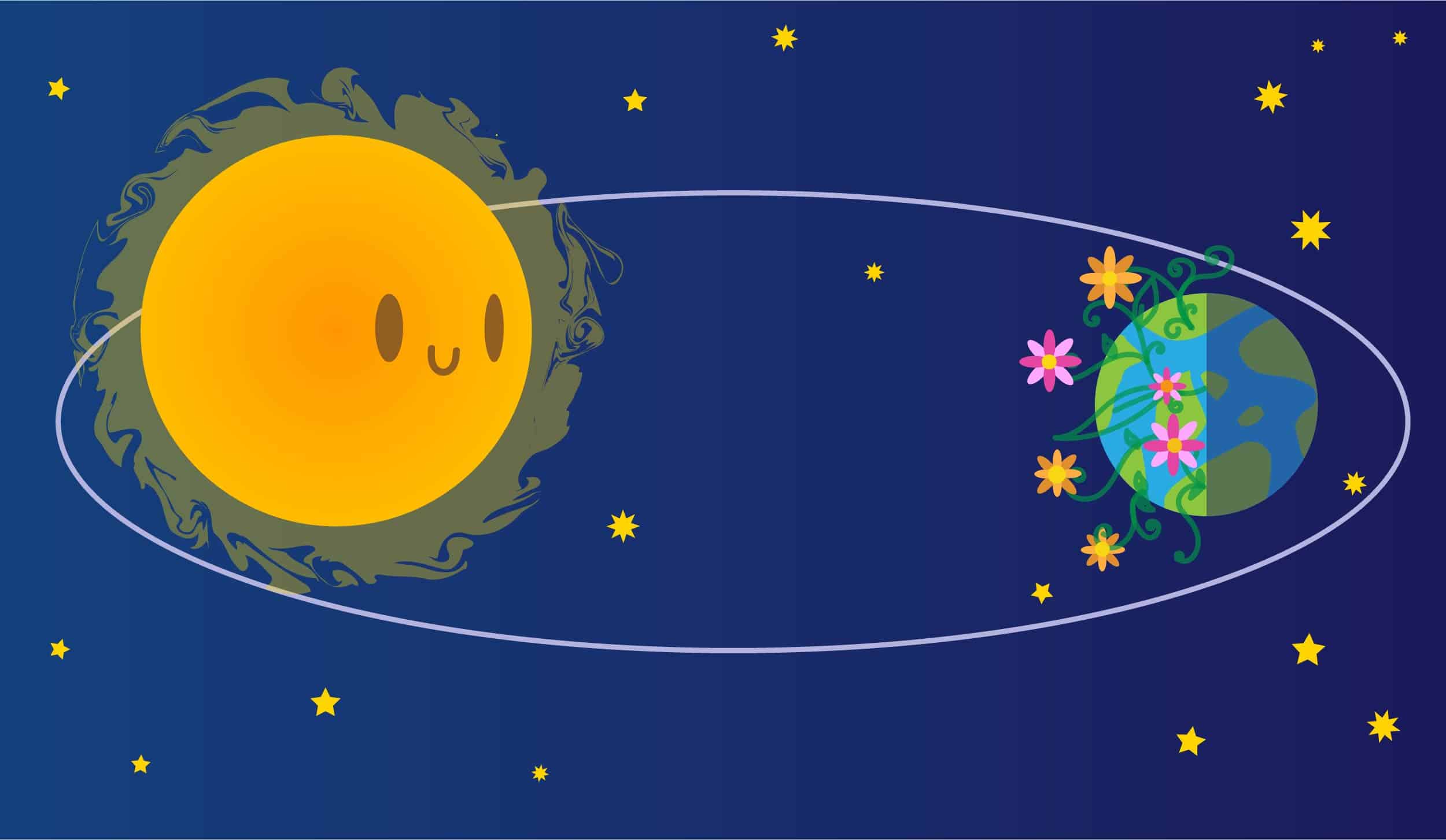The solstice is a staple of American fiction writer H.P. Lovecraft’s stories: devious cultists must await the coming of the longest day of the year to summon some antediluvian monstrosity that will wreak havoc on the world. Yet, while it is common knowledge that the first day of summer and the first day of winter are known as solstices, seldom considered are the equinoxes, which many cultures mark as the start of spring and autumn.
With the spring — or vernal — equinox fast approaching on March 20, one might wonder what exactly is signified by these infrequently-discussed events. Principally, it must be noted that the solstices and equinoxes aren’t tied to the seasons purely by coincidence.
A common myth is that seasons are caused by the distance of the Earth to the Sun. “The distance between the Earth and the Sun only changes by a few percent over the year, which amounts to a very small change in the intensity of the sunlight hitting the Earth,” wrote Dr. Tyler Natoli, a fellow at the Dunlap Institute, in an email to The Varsity.
It is instead the angle at which our planet’s hemispheres are tilted toward or away from the Sun each season that matters most. “The Earth is tilted with respect to [its] orbit so that when it is summer in the northern hemisphere, that hemisphere is tilted towards the Sun,” said Dr. Hilding Neilson, Assistant Professor in the Department of Astronomy & Astrophysics. “When we are tilted towards the Sun, sunlight is more concentrated, and days are longer. In winter the north is tilted away, and light is less concentrated.”
What does all this have to do with the spring equinox? “There are two days a year when neither the northern or southern hemisphere are closer to the Sun than the other,” said Natoli. “These two days are the [equinoxes] where everywhere on Earth enjoys roughly 12 hours of daylight and 12 hours of darkness.”
It would thus be fair to say that the equinoxes are the ‘middle-est’ days of the year.
With this in mind, there isn’t really anything especially exciting about the upcoming equinox — at least not astrophysically. Culturally, however, this is a different story.
“First Nations celebrate the equinox; many groups have sunrise ceremonies to celebrate the day and the coming of spring,” wrote Neilson, who is also an expert in Indigenous astronomy. “This is a particularly important time since it is a time to collect sap from trees that is a source of nutrition. Around this time, bears will start awaking from hibernation and birds migrating back northward. Both are important food sources for many First Nations.”
Neilson also noted several international architectural oddities, demonstrating that the significance of the equinox is not an isolated affair. “Angkor Wat is one monument with an alignment; if you are standing on the western gate there the Sun rises over the central tower during the equinox. At Chichen Itza, during the equinox sunset the light hits the pyramid, giving the image of a massive snake, though we do not know if this was intended by the builders. In Chaco Culture National Historical park in New Mexico, the Chacoan people designed the Sun Dagger where rocks are arranged in a cave aligned toward the east. During the equinoxes and solstices light makes a unique design onto drawings on the cave wall, giving the Sun Dagger its name.”
However, Dr. Edward Banning, Graduate and Undergraduate Chair of the Department of Anthropology, cautioned against seeing sun-drawn patterns everywhere you look. “Any building that has a door or window on its east side will have a beam of light pointing exactly west during sunrise on the vernal equinox.”
‘Manhattanhenge,’ a term coined by popular astrophysicist Dr. Neil deGrasse Tyson, is a famous case in point: every solstice sunset perfectly aligns with 34th Street in Manhattan, New York, among others.
“I would only consider that to be convincing evidence that the builders intentionally designed the monument to record the equinox if there was some special marker, such as a niche or an artistic element, on the western wall where the beam would strike only on the equinoxes. Otherwise, the ‘alignment’ could be just by chance,” wrote Banning.


